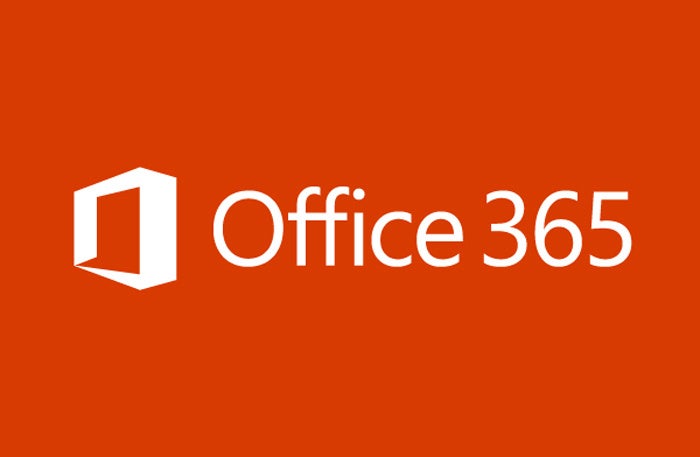Skype For Mac Log Files
This article is a collection of useful resources to help you in troubleshooting Skype for Business (Lync). SfB/Lync Log File Locations Windows Client Logs.
Mac System Log File
Support Communities / Mac OS & System Software / OS X Mavericks. Announcement: Get Ready for macOS Mojave With features like Dark Mode, Stacks, and four new built-in apps, macOS Mojave helps you get more out of every click. Skype for Windows Desktop stores a log of all your saved Skype conversations in a file on your computer's hard drive. Skype names the file Main.db. You can find it on your hard drive by pressing 'Windows-R' and typing the following into the Run window that appears. (If you’ve just enabled Skype for Business logging, you’ll need to sign out of Skype for Business and then sign back in for the log files to be created.) Compress (or zip) the Tracing folder. If directed to, send the compressed folder to your support team.
This article is a collection of useful resources to help you in troubleshooting Skype for Business (Lync). SfB/Lync Log File Locations Windows Client Logs SfB 2016:%userprofile% AppData Local Microsoft Office 16.0 Lync Tracing Lync 2013/SfB 2015:%userprofile% AppData Local Microsoft Office 15.0 Lync Tracing Lync 2010:%userprofile% tracing Log File: Lync-UccApi-#.UccApilog Web App Logs Add?sl=1&log=full to the end of your meet url to enable detailed logging e.g. Log location:%userprofile% AppData Local Microsoft LWAPlugin Tracing and look for a file name Log file name: LWAJSPersistent#.log Lync Server Logs Lync 2010/2013 tracing – C: WindowsTracing Lync Windows Client Cache Its often a useful troubleshooting step to delete the Lync client side cache, in particular when dealing with address book issues. 
You can find the client cache folders as follows. Its safe to delete the entire sip_@ folder. Note that to do this you will need to exit the Lync client. SfB 2016%AppData% Local Microsoft Office 16.0 Lync Lync 2013/SfB 2015%AppData% Local Microsoft Office 15.0 Lync Lync 2010%AppData% Local Microsoft Office 12.0 Lync Address Book Cache Deleting Address Book Server Side Cache Its often a useful troubleshooting step to delete the address book server side cache when dealing with address book issues.
System requirements for office 2016 for mac. I was not expecting the 2016 version but that’s what I got and nothing is working right.
This step would be used if deleting the users client cache hasn’t helped. After deleting the server side cache, it would be advisable to delete the users client cache, then re-test. • Navigate to -WebServices- ABFiles 000-0000-000000-0000-0000-0000000 • Delete all files within this directory • Open Lync/SfB PowerShell • Optionally, run Update-CsUserDatabase – This synchronizes data between AD and Lync backend DB (rtcab). This step should not be necessary under normal circumstances and may take some time to complete. Look for Event Log 21010 – “Synchronization pass completed successfully. Address Book web service backend data partition” to confrm • Run Update-CsAddressBook – This writes changes in backend DB to the address book files • Check the file share location to confirm files have been re-created Address Book URL’s Make sure that you can browse to the following URL’s.

Mac applications list. You should receive an authentication challenge. Lyncdiscover URL Mobility MCX Service URL Web Apps Service URL – If the result is successful, you should see the XML content in your browser. Edge Replication Service Lync Troubleshooting Tools This is a collection of tools that I regularly use when troubleshooting a Lync client or server issue.
Skype for Business Skype for Business Online Skype for Business Basic Skype for Business Online operated by 21Vianet An error log is an ongoing record of the internal operations of a computer. Usually, logging levels are set by your support team when your software is installed. Most of the time, these options don’t need to be changed.
But occasionally you might be asked to send an error log to help troubleshoot a problem in Skype for Business or Windows. Then you'll need to know how to change the settings and collect error information.
Select a logging level for Skype for Business. Important: Before you change Skype for Business logging settings or enable Windows event logging, review the.
• In the Skype for Business main window, click Options > General. • On the General tab, under Help your support team help you, click the drop-down arrow next to Logging in Skype for Business, and select the logging level you want: • Off: Records no information. • Light: (default) Records summary information and gathers information about specific errors. • Full: Creates a log file that contains detailed information. Locate and gather information from the Skype for Business log file • In File Explorer, navigate to the Tracing folder in your user profile directory—for example, C: Users AppData Local Microsoft Office Tracing.